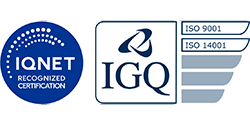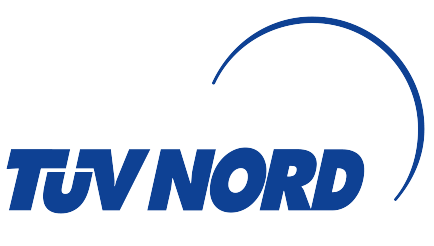
Stainless steels austenitic-ferritic (duplex)
Duplex steels, corrosion-resistant, non-temperable, suitable for aggressive environments
The chemical composition of this category of steels, also called biphasic, allows a mixed structure of austenite and ferrite to be obtained with unique corrosion resistance characteristics, especially to corrosion under voltage and to marine corrosion.
Thanks to these characteristics and to the high mechanical strength, which can be obtained with hardening and cold deformation, these steels are commonly used in offshore platforms, and in any case where the action of salt and corrosive agents is particularly accentuated.
They are magnetic, can generally be welded and cannot be tempered.
These are therefore products with a particularly high level of performance, whose development is still underway and whose applications have yet to be fully explored.
RANGE Stainless steels austenitic-ferritic (duplex)
-
Rodacciai Mark
AISI 2304
Steel name
X2CrNiN23-4 - Nr.1.4362
Duplex steel of recent design, it has a high resistance to corrosion. It is used in place of 304 and, for certain applications, also in place of 316. Typical applications include the petrochemical industry, the paper industry, heat exchangers and valves for the oil and gas industry, and construction.
-
Rodacciai Mark
AISI 329
SS2324 (F52 - S32950)Steel name
X3CrNiMoN27-5-2 - Nr.1.4460
A duplex steel, it has a high resistance to corrosion and is widely used in particularly aggressive environments such as those of offshore platforms. With high percentages of alloy elements, it has a higher chromium content and lower molybdenum content than AISI 2205. It is widely used in Northern Europe.
-
Rodacciai Mark
1.4462 AISI 2205
F51 (F51-S31803)Steel name
X2CrNiMoN22-5-3 - Nr.1.4462
A dual phase steel, it has a very high resistance to corrosion and is especially used in offshore platforms. With respect to SS2324, it has a slightly lower chromium content and a greater quantity of molybdenum.










